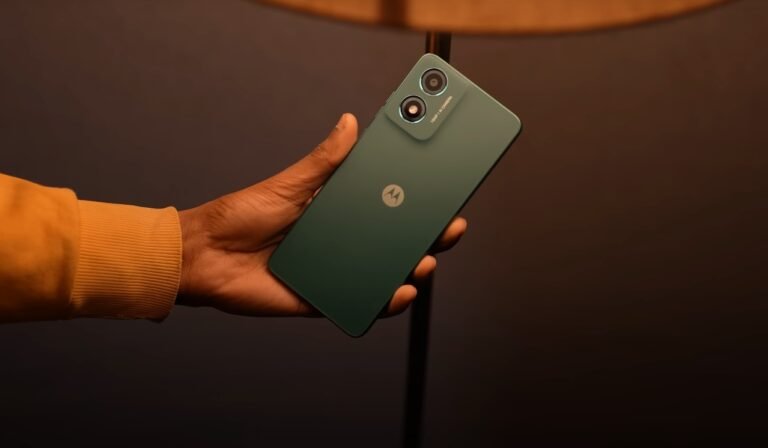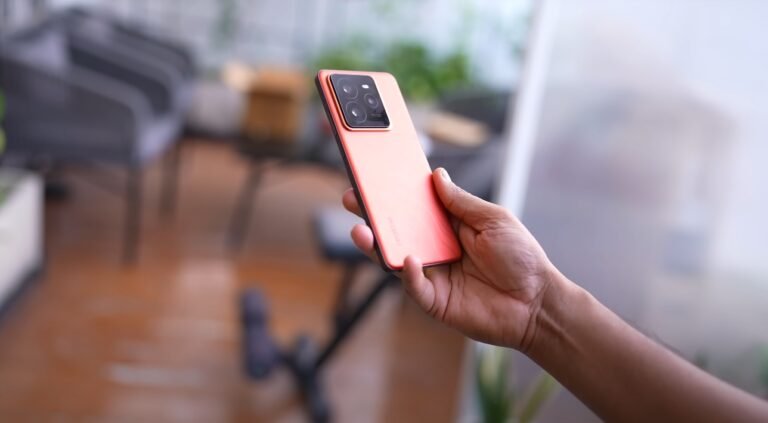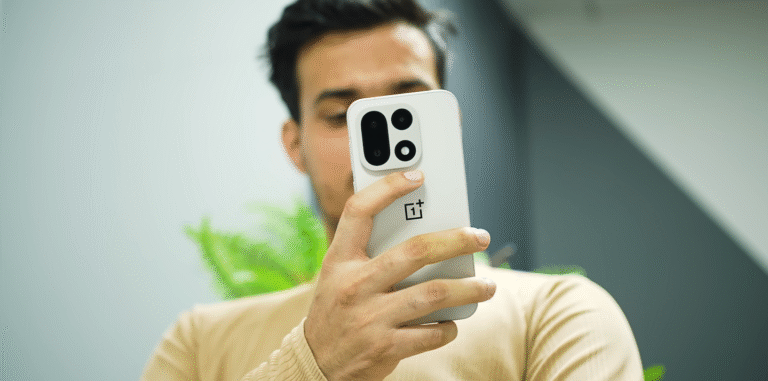Redmi K90 Pro Max camera test: triple 50MP sensors, how good are they?
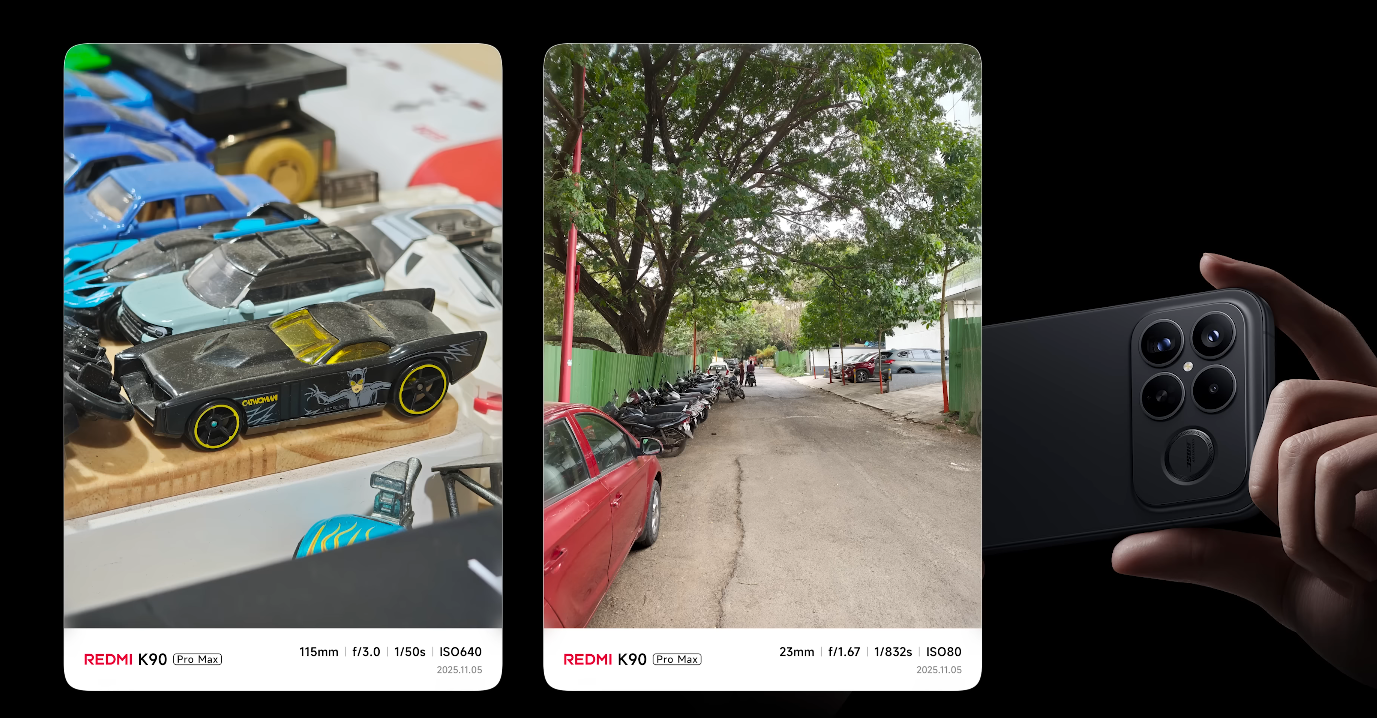
Early real-world impressions of the new triple 50MP system
The Redmi K90 Pro Max has entered the market with one of the most headline-grabbing camera setups in its class, and this has immediately triggered interest across UK buyers who have been following the ongoing push for better imaging hardware in mainstream Android phones. The highlight is simple and easy to understand: all three rear cameras are 50MP sensors. That is not something we normally see, even in premium models, so the early focus has shifted to whether this setup actually converts into meaningful gains in daily use.
The main wide sensor is a 50MP unit that features optical image stabilisation and a larger physical sensor size than the average phone in this category. The larger sensor surface allows more light capture, which is especially important during evening and late-night environments. Early reviewers who have taken this camera outside indoor lighting have reported a noticeably stronger balance of exposure, especially when street light sources are mixed with shadow or moving subjects. Daytime performance is naturally strong, with reliable clarity and pleasing colour fidelity.
The second camera in the stack is the 50MP periscope telephoto, and this lens is the most important element in this generation of Redmi’s camera push. It offers 5× optical zoom, and this is not digital interpolation but real optical compression. In practical usage, this simply means zoom shots hold detail that would normally smear or wash out on non-periscope flagships. UK mobile testers who have tried the mechanism at sports grounds and in coastal distance scenes have noted that edge sharpening holds up better than expected, especially when strong wind or fast subject motion is present.
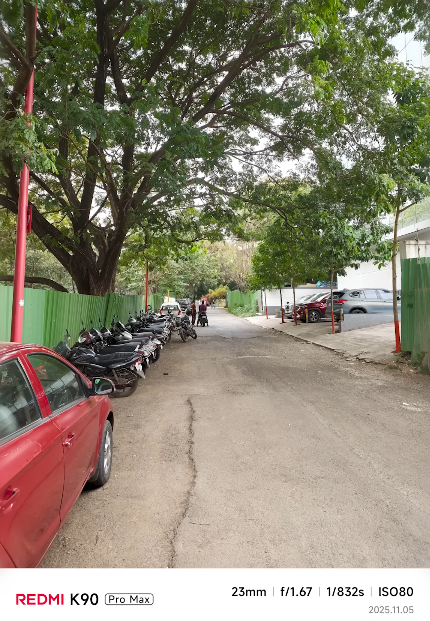
The ultra-wide camera is the third 50MP sensor, and this is an interesting decision because most brands still keep ultra-wide resolution relatively low. By pushing 50MP here as well, Redmi is attempting to erase the typical resolution drop between wide and ultra-wide modes. In the real world, this type of consistency allows users to move between main and ultra-wide angles without a sudden change in texture quality. The ultra-wide mode is especially useful in architecture photography and tight urban spaces where pavement or cafe areas demand a wider field of view in one shot.
Video recording performance is another major talking point because the device supports advanced modes including 8K at 30 frames, alongside more flexible 4K modes. Stabilisation is assisted by optical hardware and intelligent algorithm tuning, and early recordings shared by reviewers show that walking shots and slow pans hold steady without awkward rolling shutter artefacts. There is still some motion-edge jitter in sharp vibration scenarios, such as running or cycling, but overall the phone is clearly positioned to take on rivals that focus on cinematic video capture.
AI image processing plays a larger role now than ever, and Redmi is pushing its adaptive HDR logic to improve scenes with mixed background brightness. Based on early sample shots, the K90 Pro Max can read signboards, neon, bright sky, and reflective clothing with decent accuracy, balancing exposure without aggressive over-sharpening. Tuning is not perfect yet, but colour output does not swing into cartoon-style saturation, and that is a good sign for realistic photography fans across the UK.
Portrait photography is another strong area because the periscope lens creates more natural separation between subject and background at range. Portrait outlines have smoother transitions and less digital haloing. Human skin tones remain neutral, and when tested outdoors with cloudy UK weather, shades do not fall flat or grey. The main lens delivers strong shallow depth of field for close face shots, and hair strands do not clip as aggressively as previous Redmi generations.
Low-light performance is one of the toughest areas for any smartphone today, and in this category the K90 Pro Max does deliver modest improvement over its direct predecessors. Shadow lifting is more controlled, and night scenes maintain more realistic black levels without crushing dark areas fully. Light streaking from headlights or bright signs still occurs depending on hand stability, but the larger sensor area helps maintain cleaner texture in brickwork, outdoor plants, and distant rooftops.
In conclusion, early camera tests make it clear that Redmi is deliberately pushing for next-level imaging credibility. The triple 50MP configuration is not a marketing gimmick, but a system that holds up in practical shooting. Wide, ultra-wide, and telephoto all remain usable with balanced sharpness, not just on paper. For UK readers, the real appeal is that this is a flexible three-camera phone that does not force buyers to compromise between zoom, landscape, and everyday family photography.


